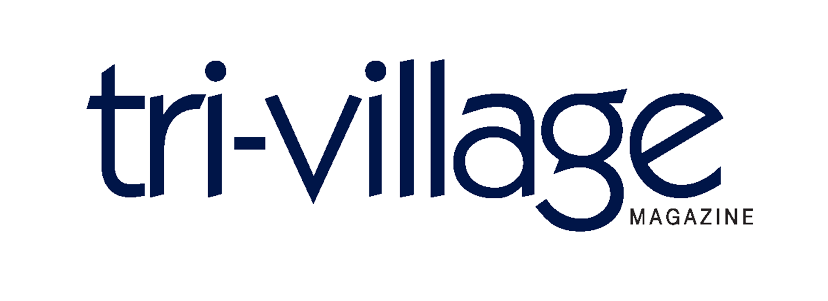Columbus is the largest city in the nation without fixed rail service for passengers, so key central Ohio figures are working to ensure the region is part of an expanded passenger rail service.
An Amtrak station could come to the Greater Columbus Convention Center within the next 10 years, with connections between and along what Amtrak calls the 3C+D corridor: Cincinnati, Cleveland, Columbus and Dayton.
Since the Convention Center is near dining and entertainment in the Short North and Arena District, a station there would likely bring a boost to Columbus’ tourism economy.
Given the size of the central Ohio area, Thea Ewing, chief regional development officer of the Mid-Ohio Regional Planning Commission (MORPC), says it’s highly likely there would be more than one station near Columbus. Hilliard and Delaware are possible locations, though it would depend on which way the route moves.
In addition to multiple stations, there’s also the possibility of Columbus hosting multiple lines, such as connections to Chicago and Pittsburgh, Ewing says.
“If we were to really think about a system, we have to think about all these lines and Columbus being a hub,” Ewing says. “If we have multiple lines, we become a hub, and that’s something a region of our size should be.”
MORPC has also considered a hyperloop that could connect the Columbus area to Chicago and Pittsburgh with commutes as short as 30 minutes. A 2020 study by MORPC estimated that, over 30 years, the hyperloop could bring $300 billion in economic benefits to the region and reduce CO2 emissions by 2.4 million tons.
While Ewing says a hyperloop remains a future possibility, because Virgin Hyperloop has not had its technology certified by the United States yet, MORPC has no legal ability to work on that project.
Even with the less hypothetical Amtrak project, there are still issues for consideration.
“You have to be able to accurately predict how many potential riders you’re going to have to determine feasibility and profitability of the line,” Ewing says. “Most of these services are lucky to break even. They are public services, so that’s a part of a public good, but ensuring that we’ve got the right mix of funding and fares will be a component of this.”
In addition to having a strong funding model from federal, state and local partners, passenger safety is a top priority. Ewing says MORPC predicts 300,000-400,000 people could use the 3C+D corridor in its first year alone.
That potential ridership means a big impact. Even with a start for the project still 5-10 years away, Ewing says a future full of possibilities is reason enough for enthusiasm.
“Working in transportation right now is such a rewarding and great opportunity because we’re seeing a major transformation on every aspect, from how people want to get places to how they want to live their lives,” Ewing says. “I wake up every day really excited about what I do because what we’re working on could be a major change for this community in an awesome way.”
Mariah Muhammad is an editorial assistant. Feedback welcome at feedback@cityscenemediagroup.com.






